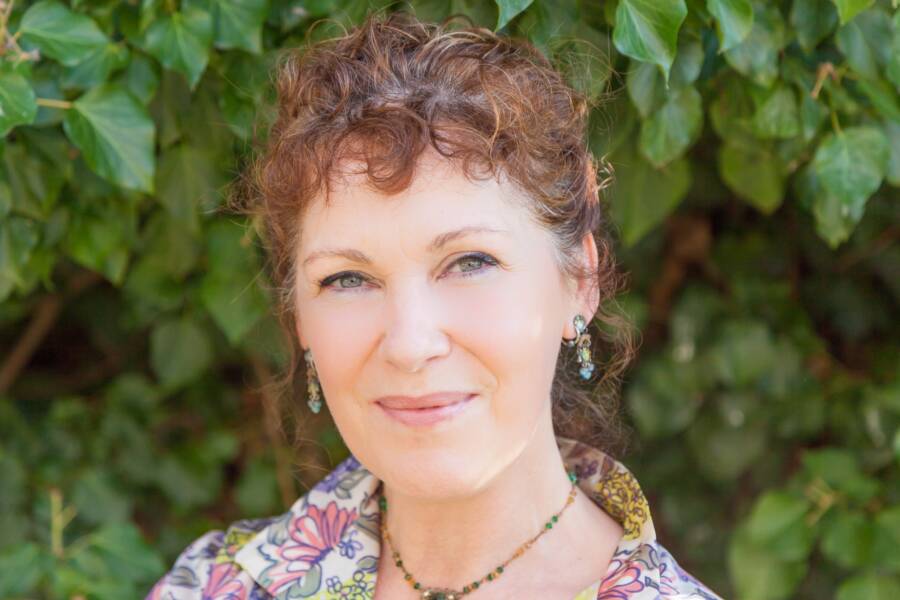The Exclusive Brethren And Its Repressive Tactics

Wikimedia CommonsAn Exclusive Brethren meeting house on the Isle of Wight.
“If you were living in a house with, say, an elderly parent who was no longer a member of the Brethren… you couldn’t eat with that person. If you had a teenager in your house who had been raised in the Brethren but was not yet ‘breaking bread,’ i.e. fully compliant, you couldn’t eat with them,” said Rebecca Stott, a former member of the Exclusive Brethren.
Raised in England as part of the fundamentalist Christian cult, Stott and thousands of other members were virtually cut off from the rest of the world. She still recalls the restrictions of the Exclusive Brethren vividly.
Her parents, themselves, had been raised under the dour faith — with four generations of the Stott family taking part in its earlier iterations. Like many other sects, the Brethren rejected interference from outsiders and enforced their homogenous lifestyle by any means necessary.
“They were extremely controlling,” said Stott. “So they believe in the rapture; they believe that they alone will be taken off the planet, and unless they stick to Brethren rules and have no contact with the outside world that they’ll be left behind in the rapture. So that’s essentially them.”
“If anyone was not toeing the party line, they’d be visited by a couple of priests or ministering brothers, and my father would do those,” she said. “And that person would be interrogated for hours about, you know, whatever sinful act or thought they were supposed to have committed.”
Non-compliance after that would lead to the person being punished with enforced isolation in a room. Stott revealed that this could extend as long as several weeks — and only end when the priest deemed they’d been forgiven by the Lord. People often went mad, and sometimes even died by suicide.
“And in one particular case, a man who had been in isolation for weeks and weeks and weeks horribly axed his wife and young children to death and then hanged himself and left a note saying, ‘Satan is in the house. You’ll have to bulldoze it,'” she recalled.

Wikimedia CommonsRebecca Stott recently chronicled her past life inside the famous cult in a memoir, In The Days of Rain: A Daughter, A Father, A Cult.
Stott grew up with an unspeakable rage and desperation for another life. Nonetheless, she had to keep those thoughts secret for fear of retribution. Brethren girls were required to keep their heads covered, forbidden from wearing pants, and prohibited from speaking unless spoken to.
It was only in 1970 that a scandal involving Brethren leader Jim Taylor Jr. having sex out of wedlock with one of the married sisters exposed the cult’s hypocrisies. About 8,000 members, including Stott’s family, defected from the cult — with a wide-open world welcoming Stott into its bosom.
“It was astonishing,” she said. “Nobody explained anything… So suddenly we’ve got a radio in our house and suddenly we’re being taken to go and see Gone With The Wind in the cinema. So for me, I just remember this incredible sense of vertigo and glancing at my mother constantly: ‘Is this okay?’ or, ‘Are we allowed to do this?'”
Ultimately, Stott has managed to forge ahead and establish a life and identity of her own — far removed from the horrors of her formative years. Nevertheless, some of her impulses and self-censoring reactions remain with her to this day.
In the end, that’s tragically the case for virtually everyone who managed to survive their cult experiences.
After learning about what life was like inside nine of the most famous cults in the world, read about Jimmy Savile, who used his power and fame to abuse hundreds of children for decades. Then, learn about ‘Siberian Jesus,’ the leader of one of the most famous cults in Russia.





